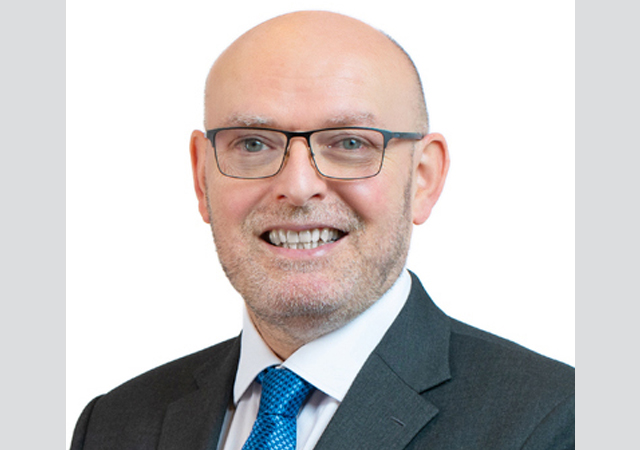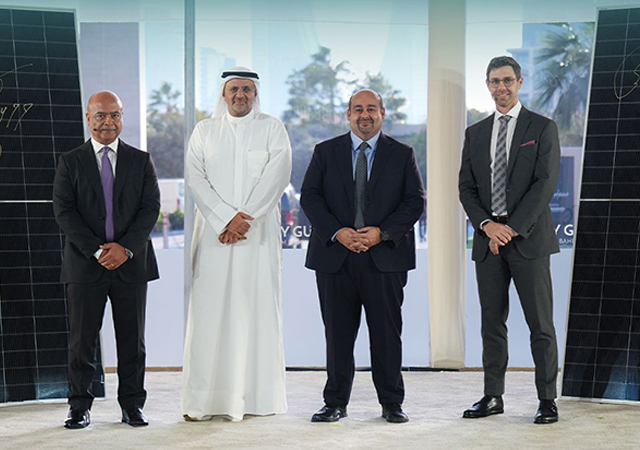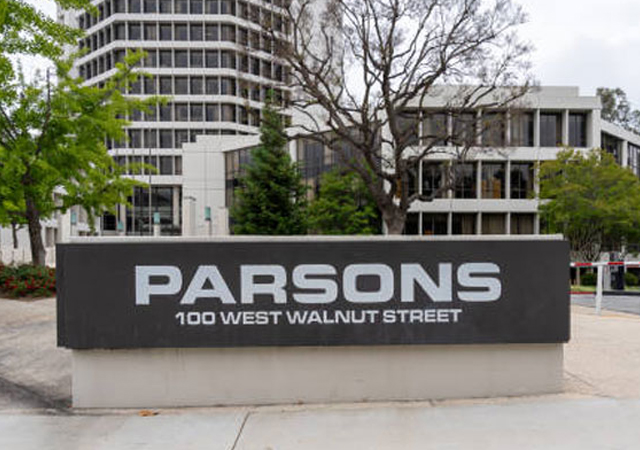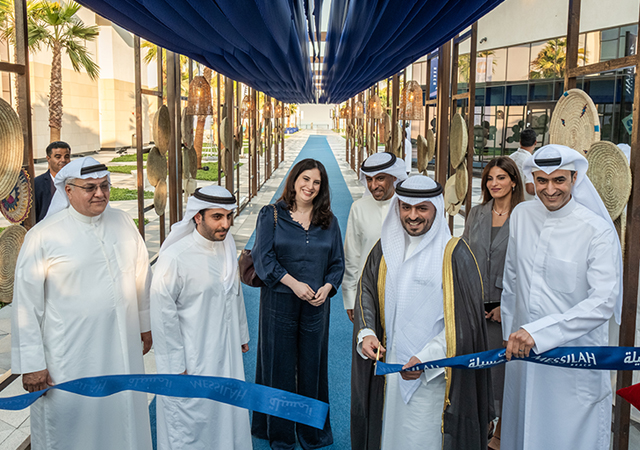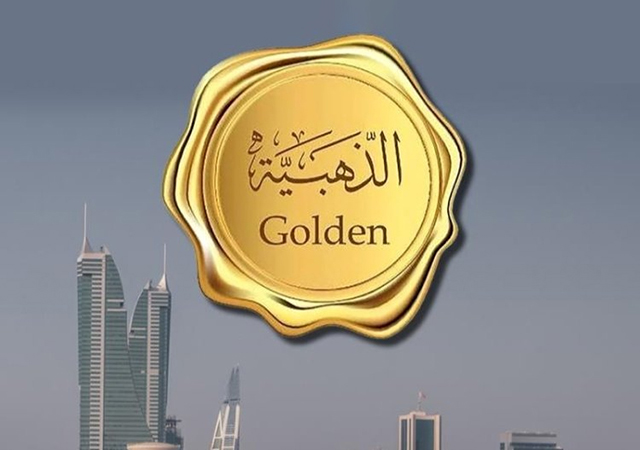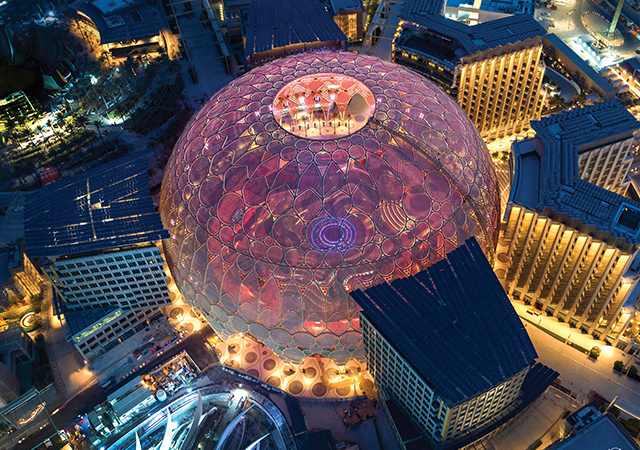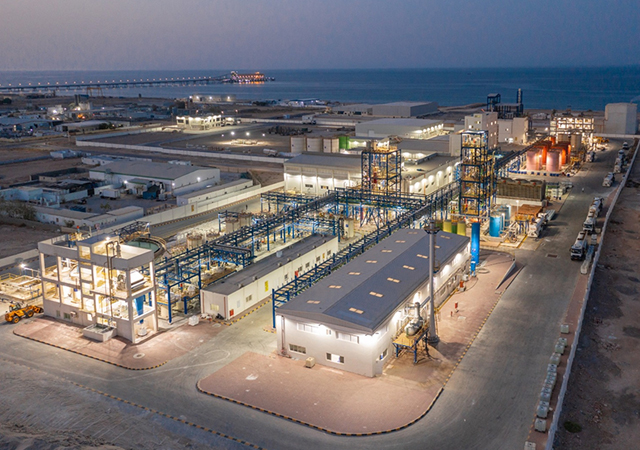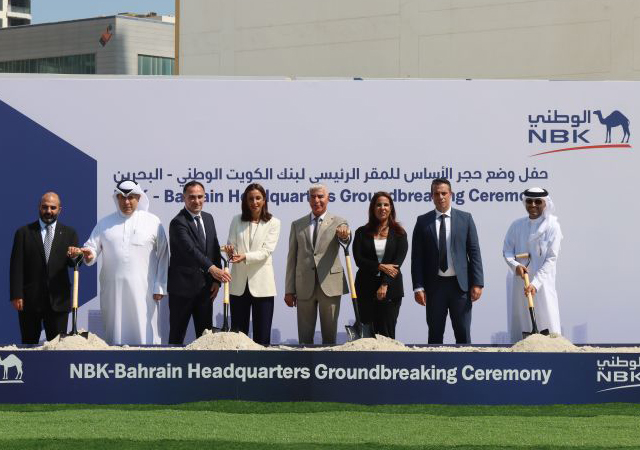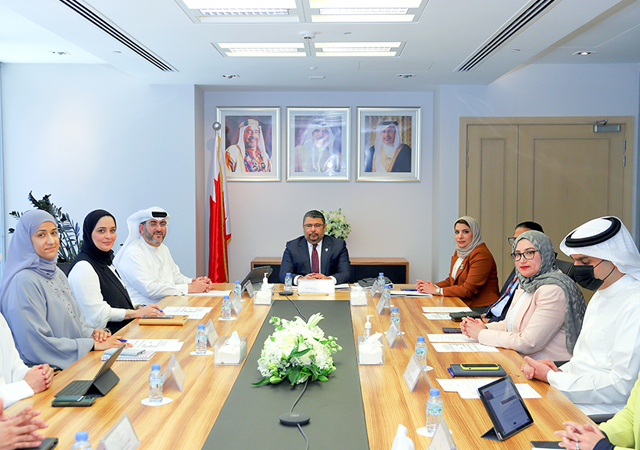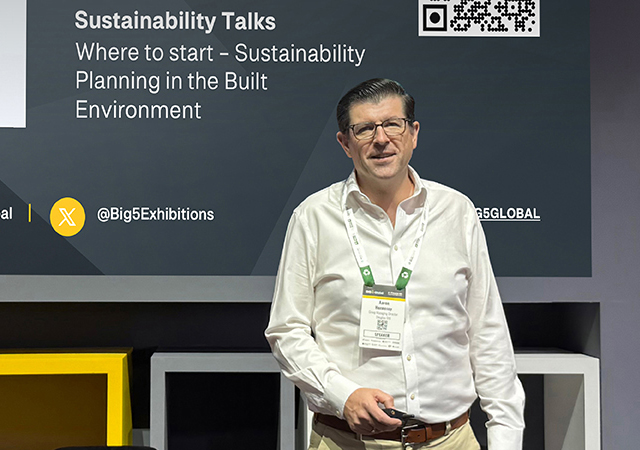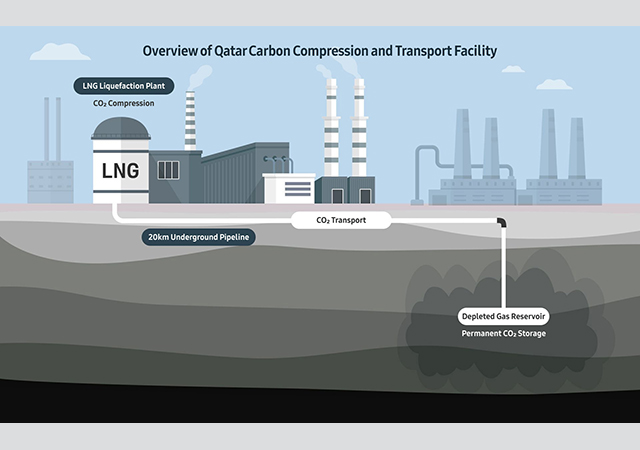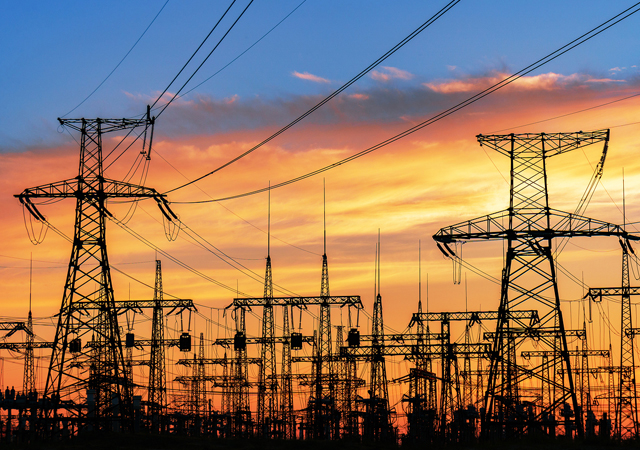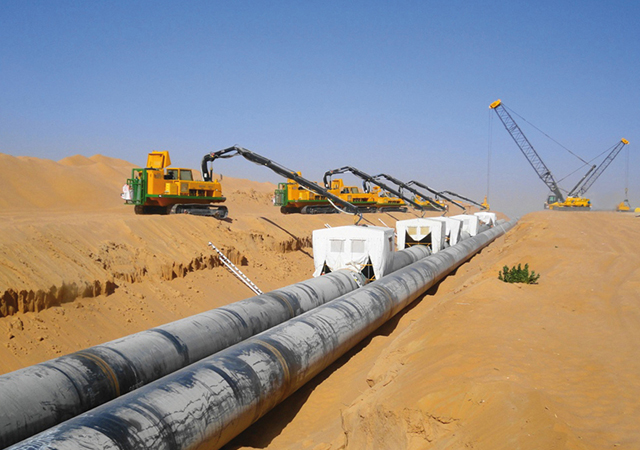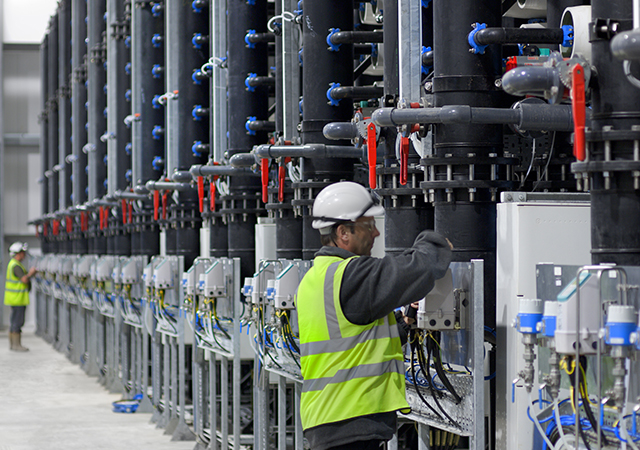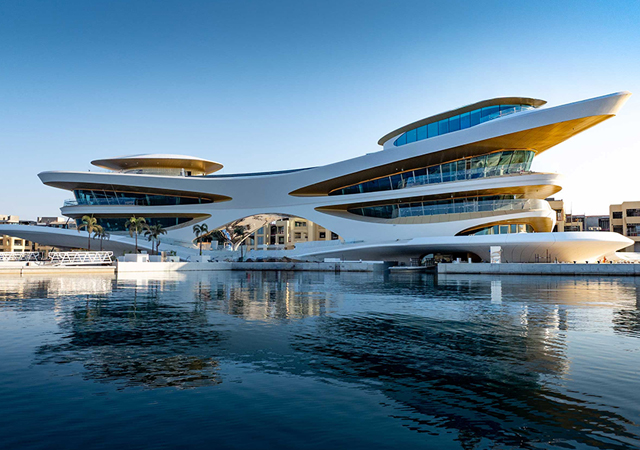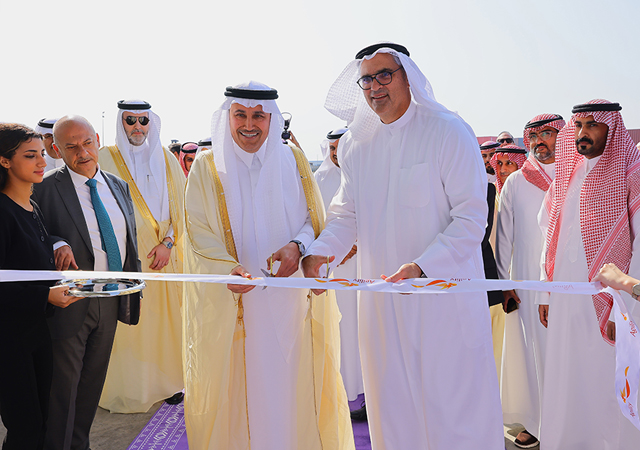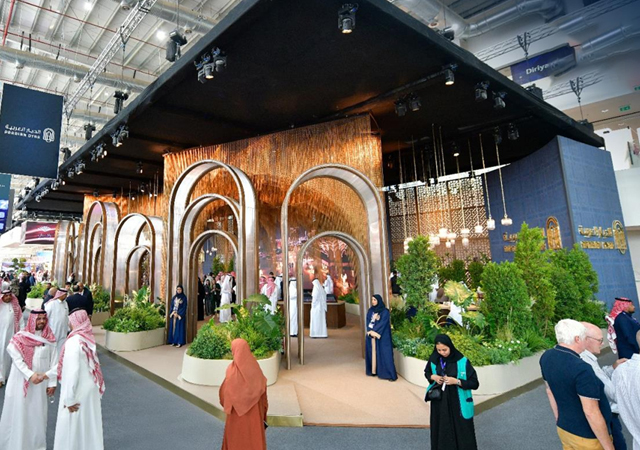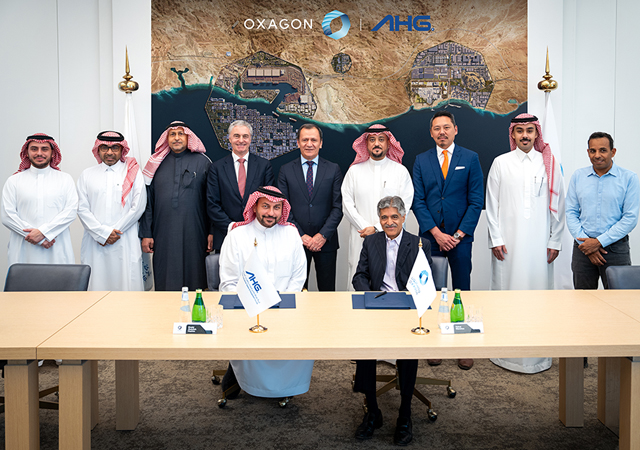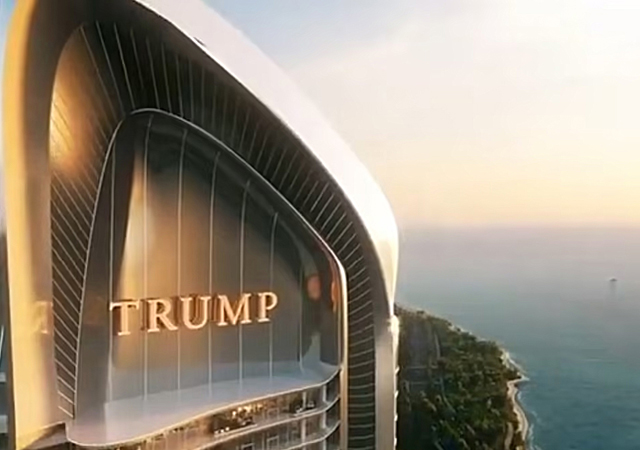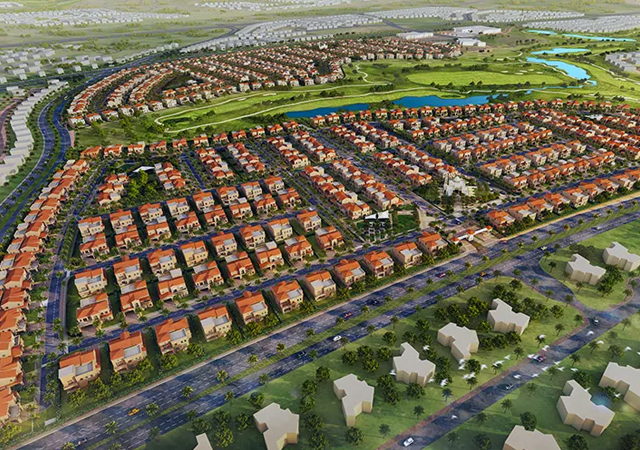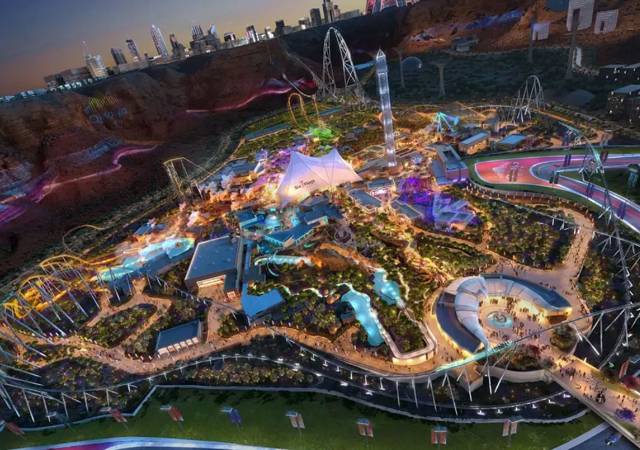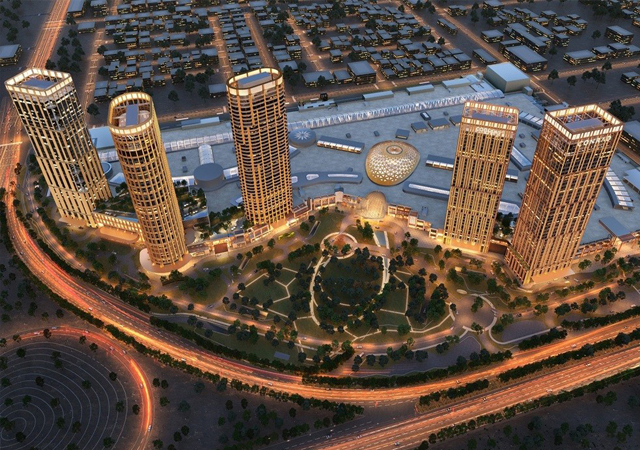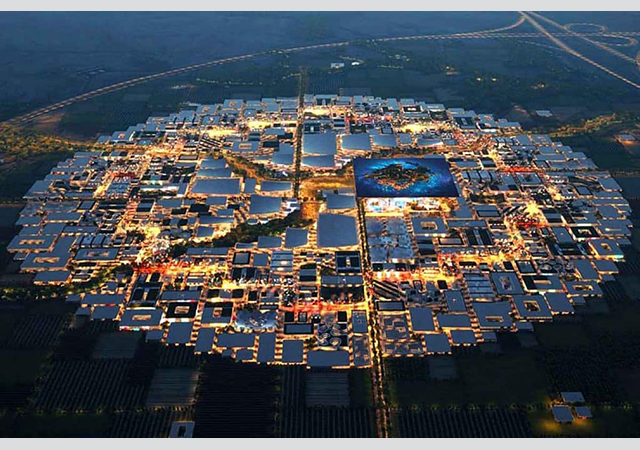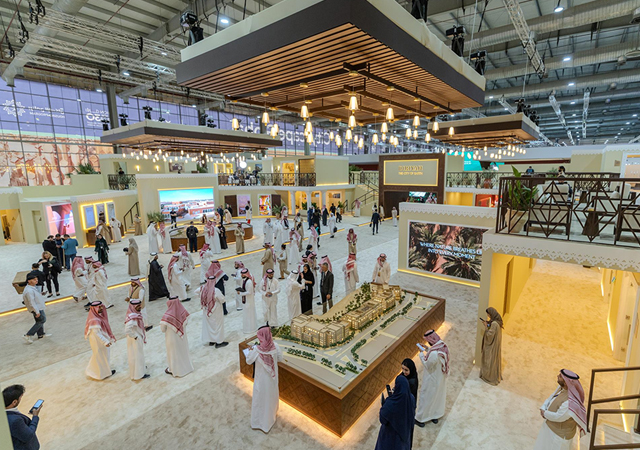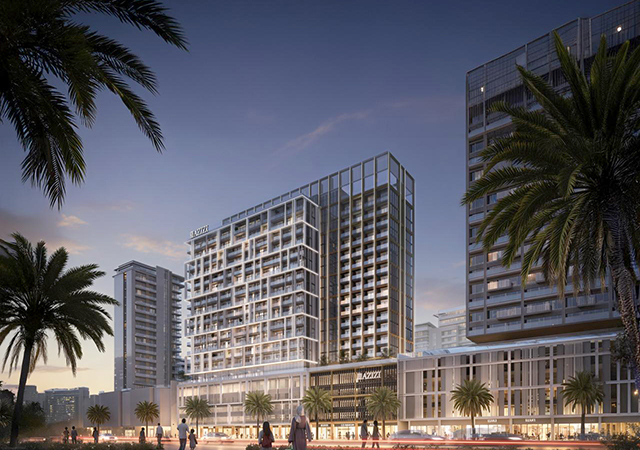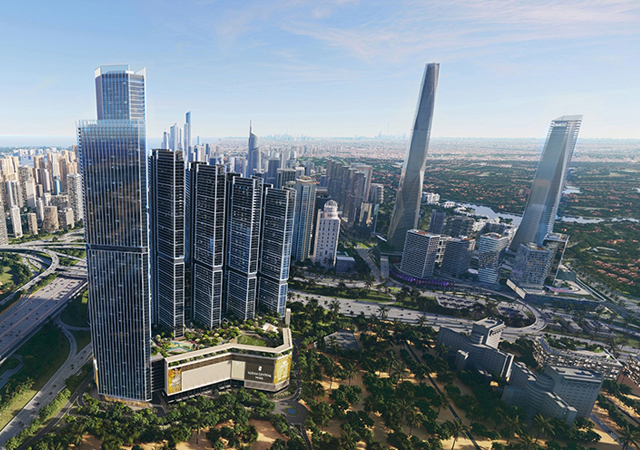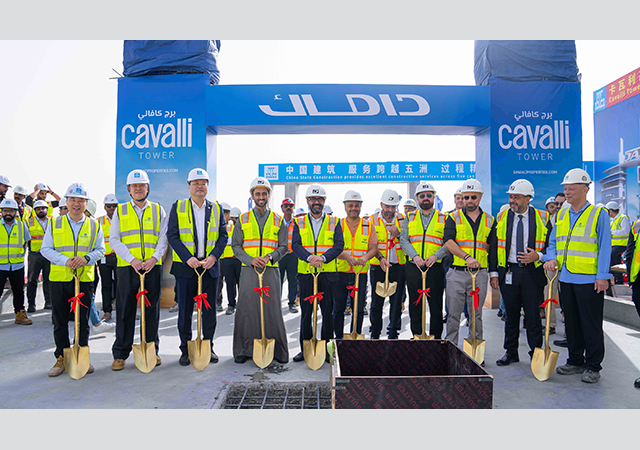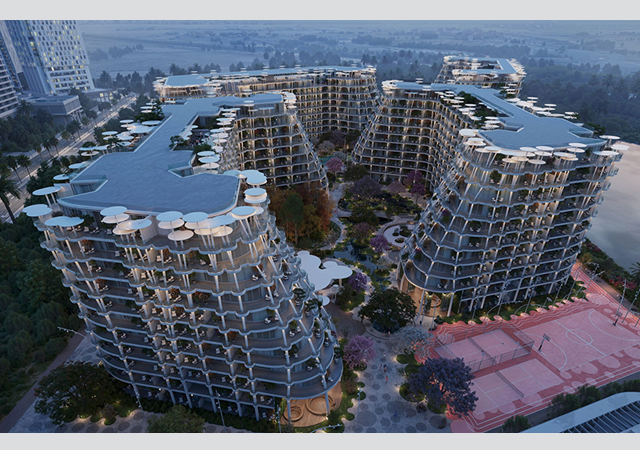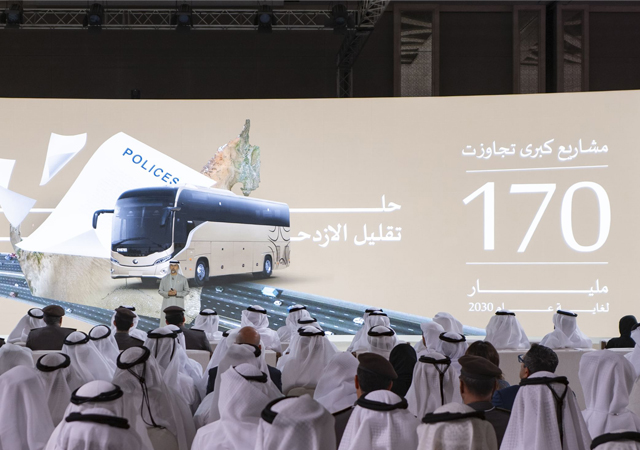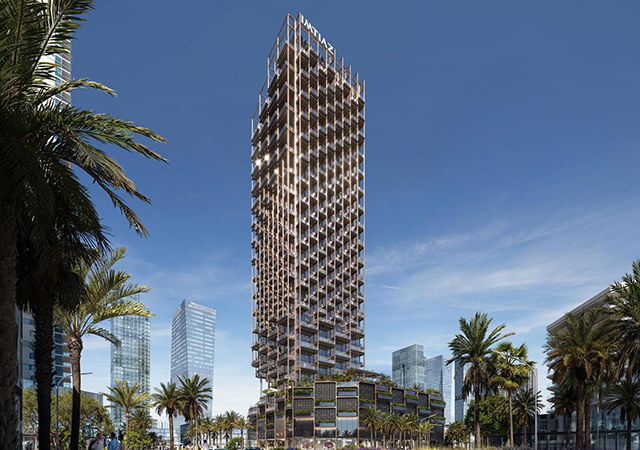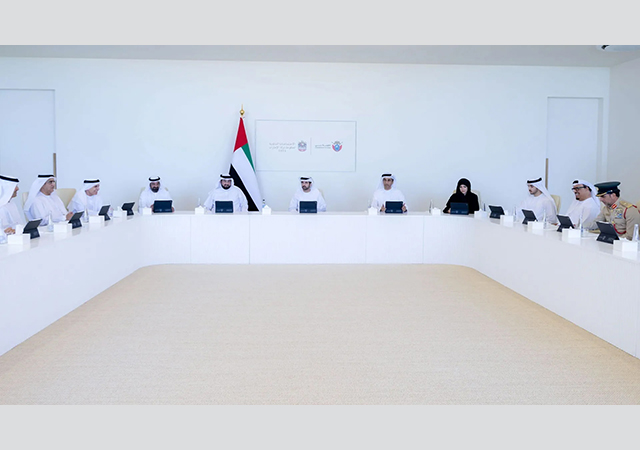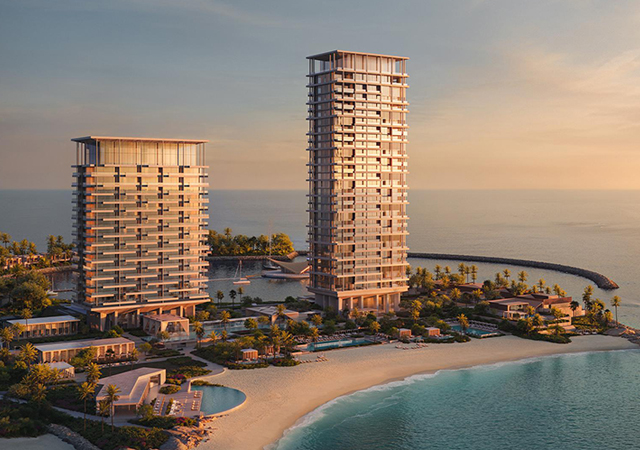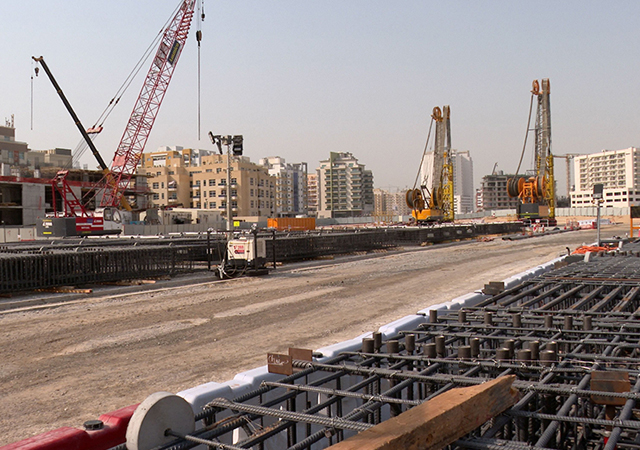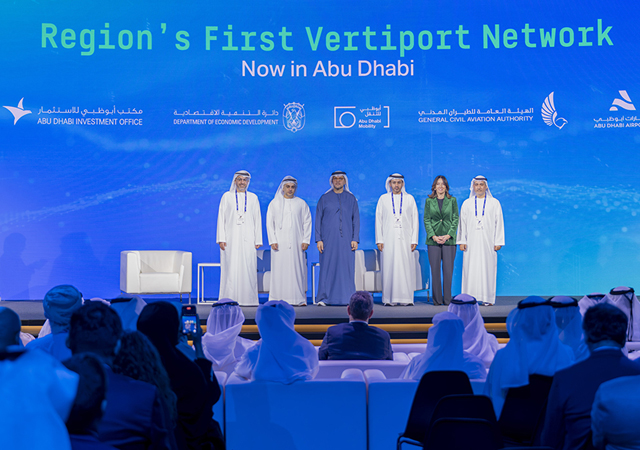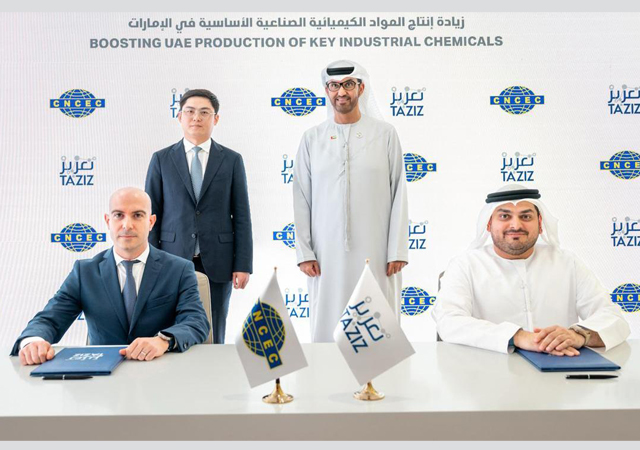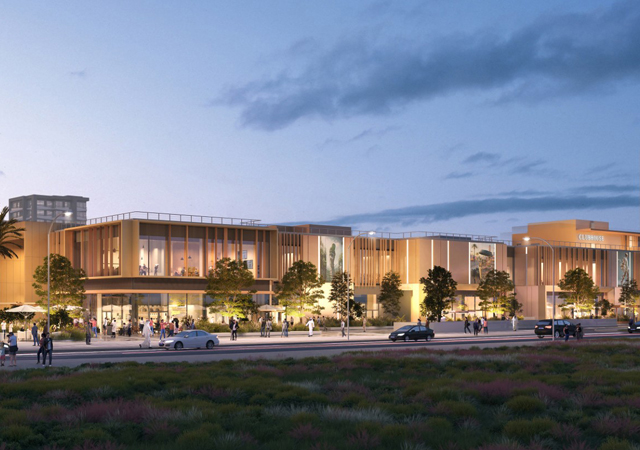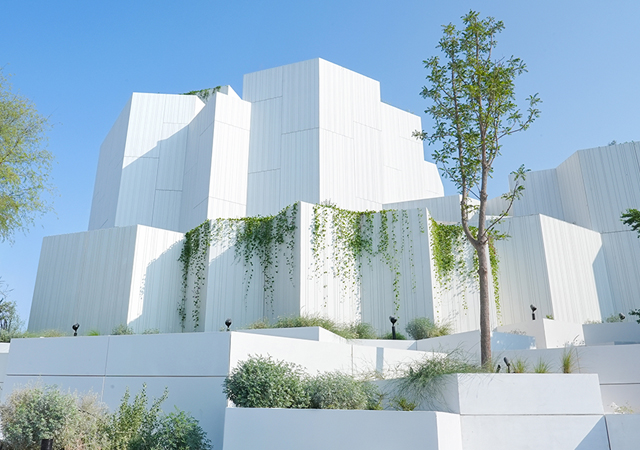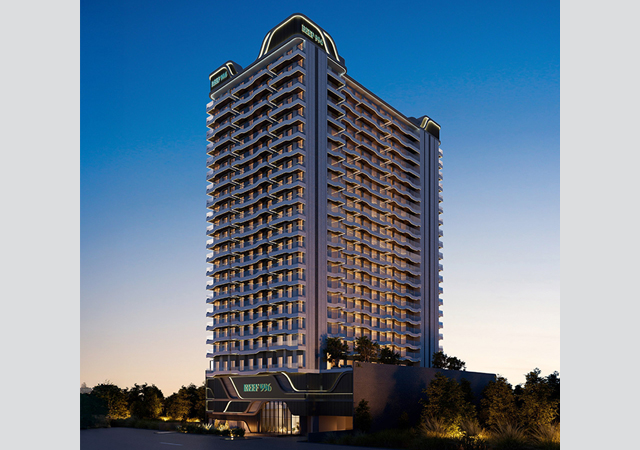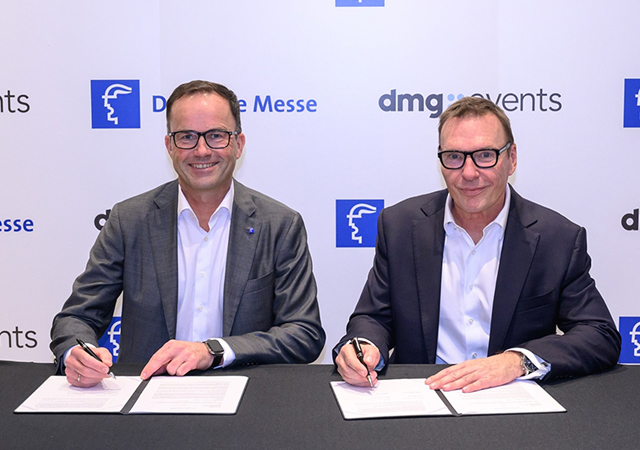The migration of performance coating technologies into the manufacture of architectural paints continues to revolutionise the calculation of new construction costs, relative to building lifecycle costs. The revolution pertains to the Middle East market, since high ambient temperatures and significant levels of humidity, ultraviolet (UV) radiation, sand abrasion and thermal shock (following rainstorms), ensure that buildings will have to be repainted at frequent intervals, in order to fulfil their intended lifespan.
Construction costs are those associated with the initial selection of building materials, and the manpower needed physically to erect a structure; while lifecycle costs arise through the subsequent operation, maintenance, and disposal of the structure after it has served its intended purpose. They extend to an evaluation of the environmental impact of a building on its occupants, and on the physical environment.
The selection of innovative materials at the construction stage, and the intelligent deployment of modern construction techniques, will minimise construction costs. More significant reductions are to be achieved, however, where lifecycle considerations are included in materials' selection.
Building owners and architects in the region have been slow to recognise the impact of paint selection on lifecycle cost analyses; one consequence of a traditional preoccupation with cost per square metre and aesthetic appeal paradigms. Indeed, it is only recently that what may be termed the functional properties of architectural paint systems, not least their protective (or barrier) characteristics, have begun to receive attention from architectural paint specifiers.
Functionality: a new paradigm
Correctly-specified paint systems will reduce energy (air-conditioning) consumption, conserve materials and resources, reduce building maintenance times and delimit toxicity levels. Recent advances in materials technology confirm that there is no justification for the selection of paints purely on cost or cost-aesthetic grounds.
Thermo-reflective roof paints
Acrylic elastomers are used widely to extend the durability of architectural paints. The recent fusion of elastomeric and ceramic coating technologies - a consequence of research into thermo-reflective tiles for the National Aeronautics and Space Administration's (Nasa) Space Shuttle programme in the US - has led to the formulation of a new generation of roof paints that confer seamless, insulating characteristics when they are applied to almost any substrate.
Recent studies in the US and Brazil have recorded reductions in surface temperature of 32 deg C and greater, following the application of elastomeric-ceramic paints. Notwithstanding initial high costs (associated with the manufacture and specialist application of advanced coating systems), costs which fall properly under the construction cost heading, empirical data suggests a compelling argument for their long-term use.
In air-conditioned environments, lower external substrate temperatures translate into reduced energy consumption and lower monthly operating costs. When reductions that are already being achieved are assessed against US Environmental Protection Agency (EPA) guidelines, it is found that the latest generation of elastomeric-ceramic roofing compounds comfortably exceed the stringent Energy Star requirement for new building: their application will reduce electricity consumption through air-conditioning systems by as much as 50 per cent annually. This lifecycle cost saving is not the only benefit to be derived from replacing traditional roofing compounds with performance coating-derived products. Superior thermo-reflective characteristics make it possible to dispense with traditional, foam and bitumen-based roof insulating materials (unnecessary construction costs that also drain natural resources). The chemicals they are formulated from are non-volatile - volatile organic compounds (VOCs) contribute to atmos
pheric pollution - and support the addition of non-hazardous, anti-fungal agents (mercury, a suspected carcinogen or cancer-inducing agent has been used traditionally).
The most revolutionary roofing materials function, also, as a sound-insulating barrier (tests on Tollens Gulf products indicate reductions of as much as 3db/second in steel sheeting 0.27 cm thick). And the arguments for the standard adoption of the new breed of roof coatings is therefore compulsive.
Self-cleansing exterior paints
If the application of self-priming exterior paints reduces construction (substrate preparation) costs, it follows that lifecycle cost savings are to be gained from paints that are formulated, additionally, to clean themselves. Yet, the region's architectural paint specifiers have largely ignored such lifecycle cost considerations until now.
The arrival of urethane-based exterior primers ought to have triggered an exodus from relatively ineffective polyvinyl acetate (PVA)-based products. Urethane-based products supply several times the protection offered by traditional paints and require no or insignificant degrees of substrate preparation. Similarly, the formulation of exterior finishes that incorporate butadiene (a plasticising monomer) with synthetic resins, ought to have signalled the death-knell for corresponding styrene-acrylic based exterior paints; since impermeability to water, a characteristic of certain modern synthetic resin systems, makes it possible to formulate paints that shed a layer tenths of a micron thick when they are exposed to rain, thereby restoring the appearance of paint jobs to their original state.
Some of the blame for poor decision-making in the selection of architectural paint systems must lie with the region's paint manufacturers. After all, innovative paint solutions require expenditure on research and development, and it is all too easy to continue to offer dull, non-functional products to unsuspecting end-users. The tide of change is turning, however, and turn it shall!
* Tollens Gulf began life as the first, fully-mechanised paint factory in the Middle East. Since 1976, the company's performance coatings, industrial finishes and architectural paints have been applied at landmark buildings and structures in the GCC and throughout the world. In the Russian Federation, the company's products are approved for application in government-sponsored building contracts.



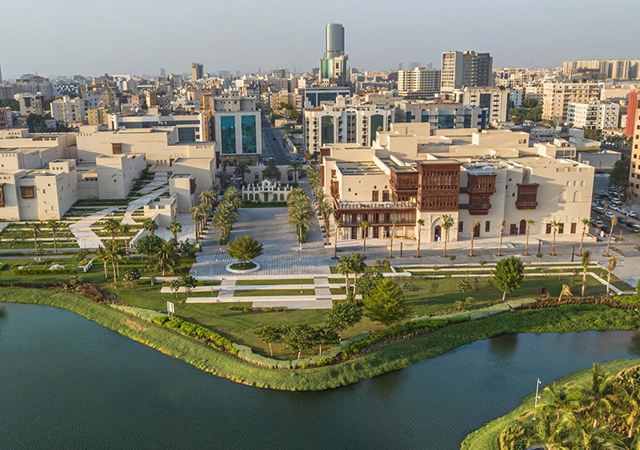
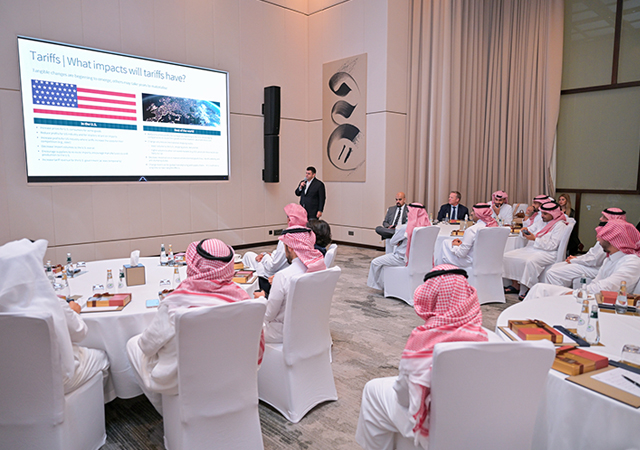
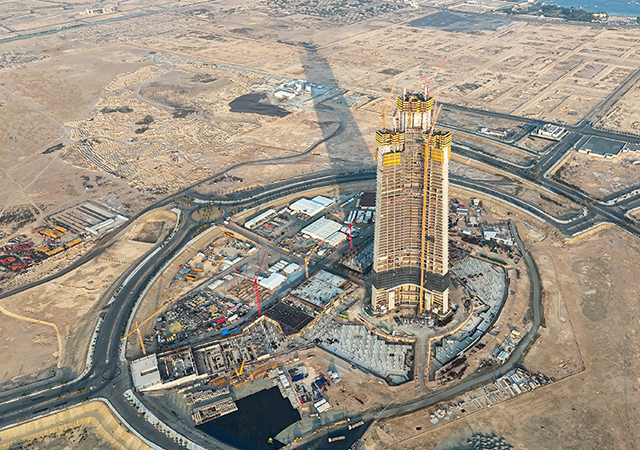
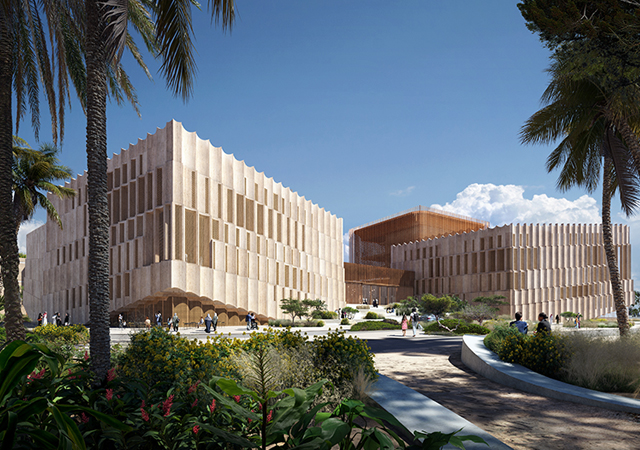
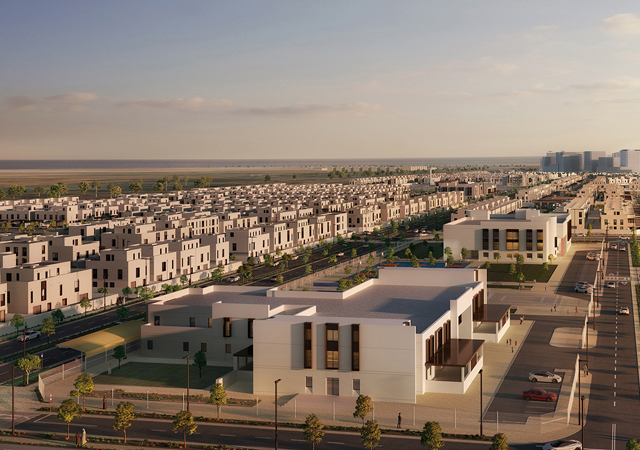
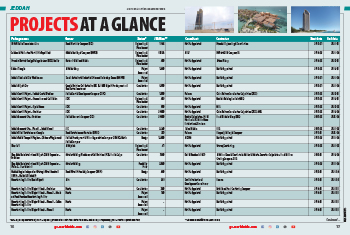
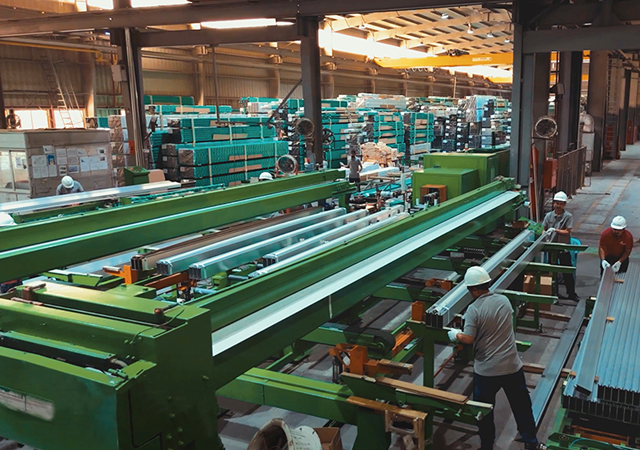

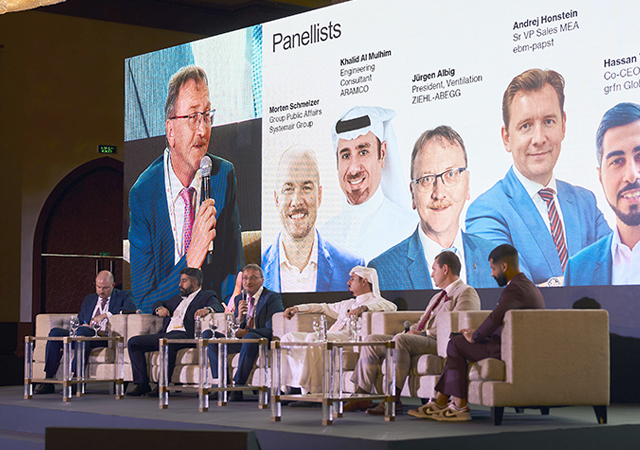
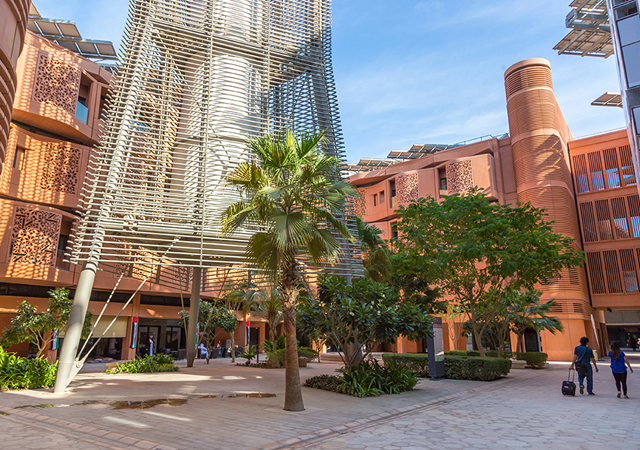
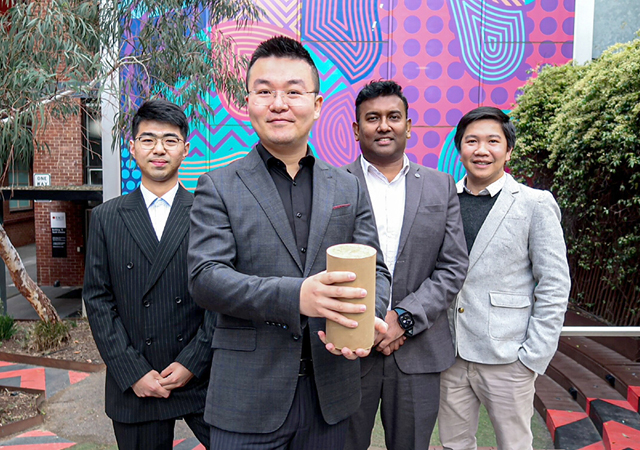
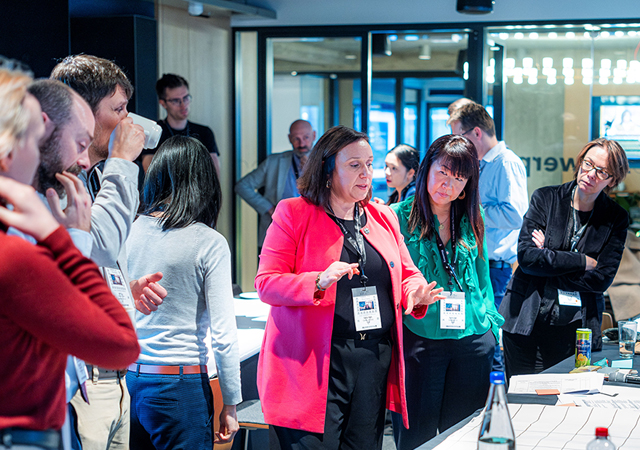
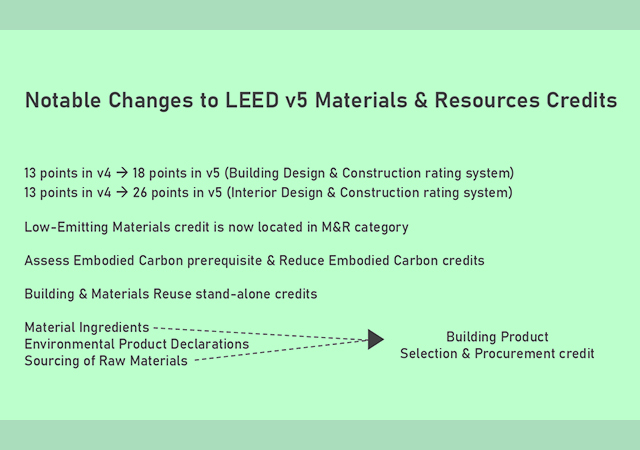
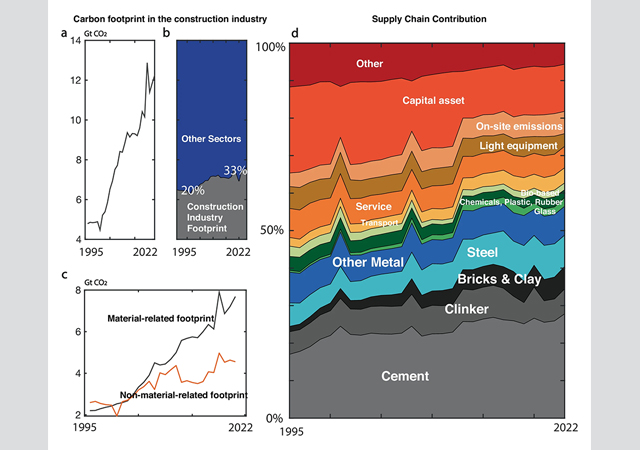
.jpg)
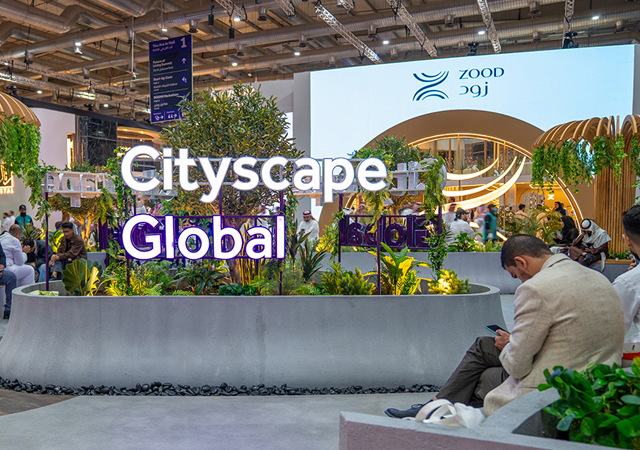
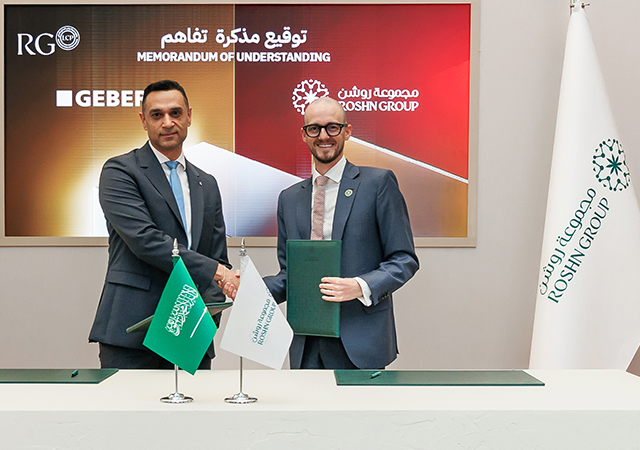
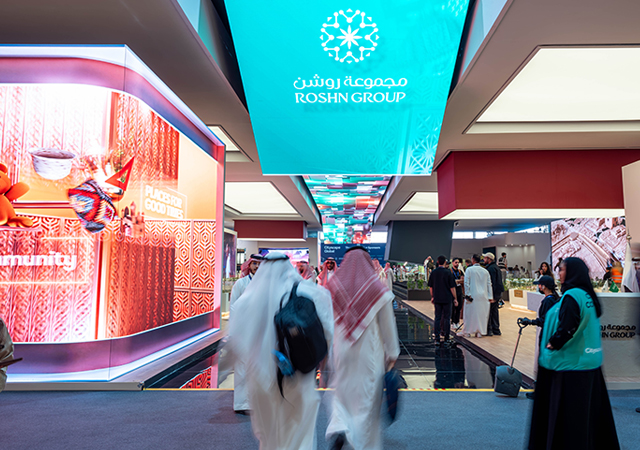
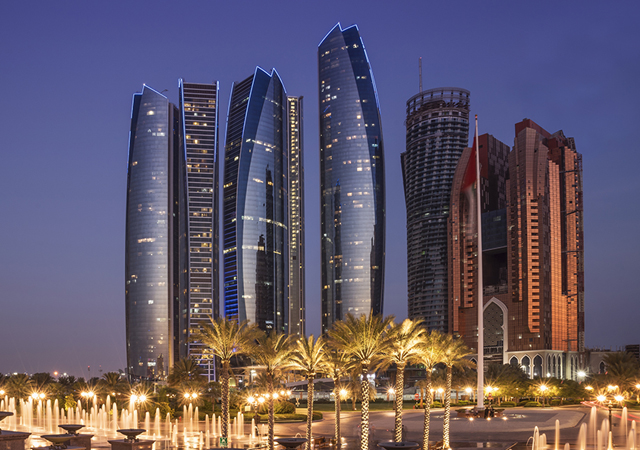
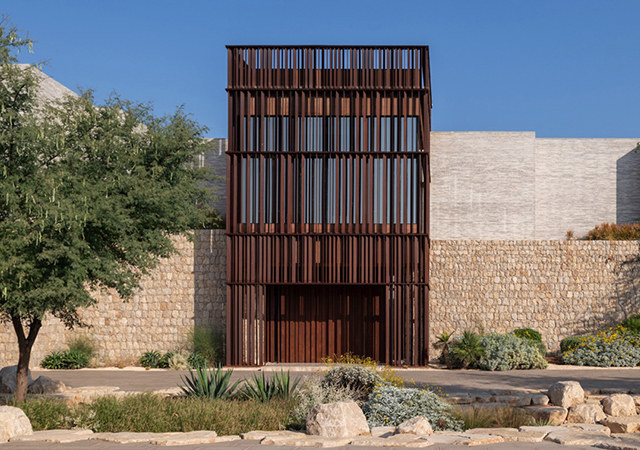
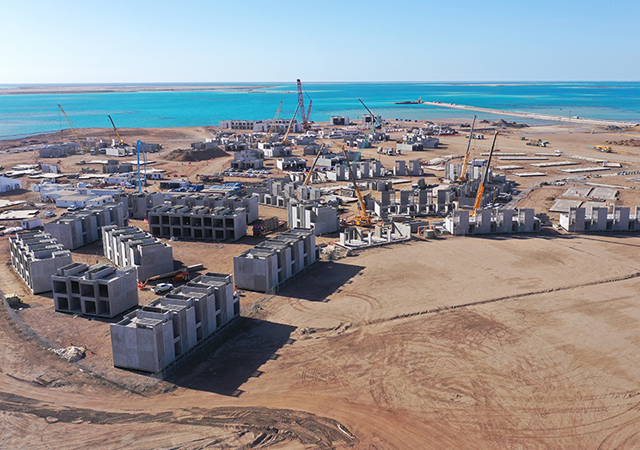
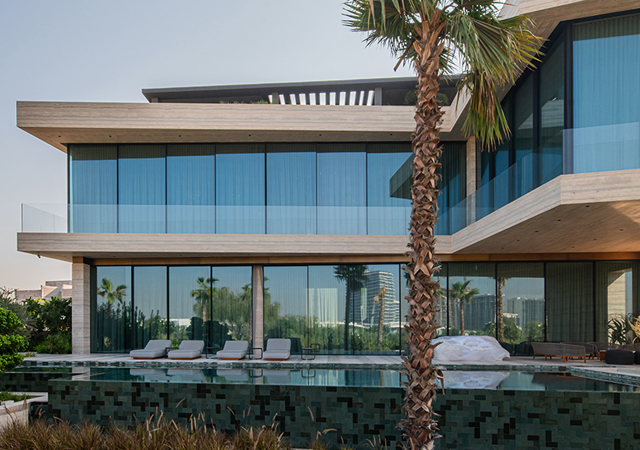
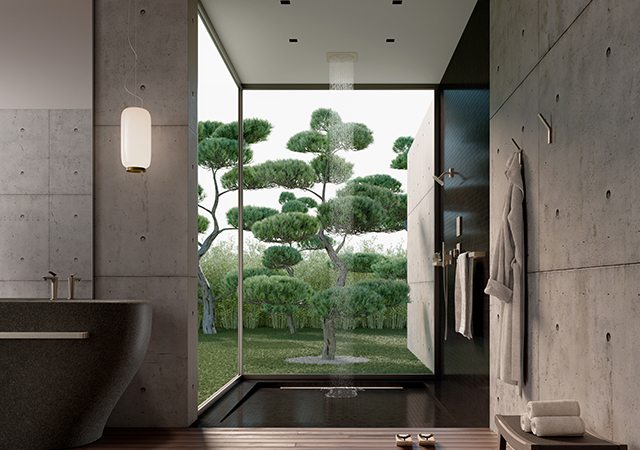

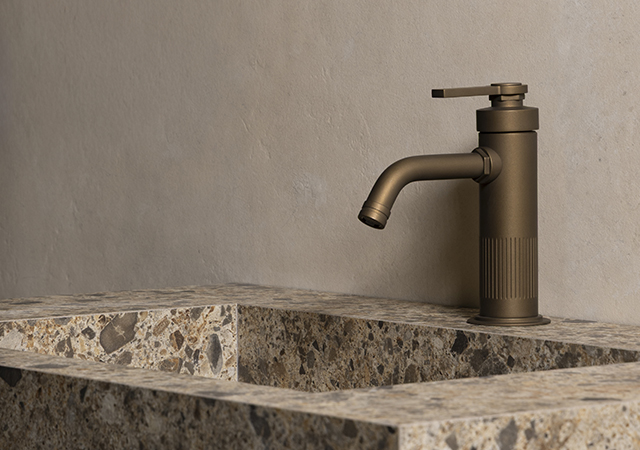

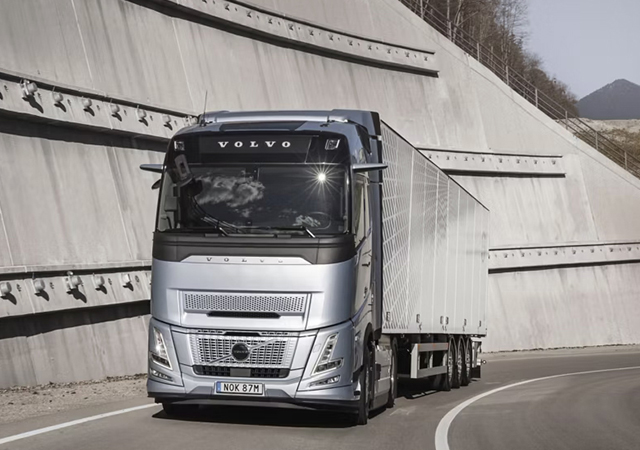
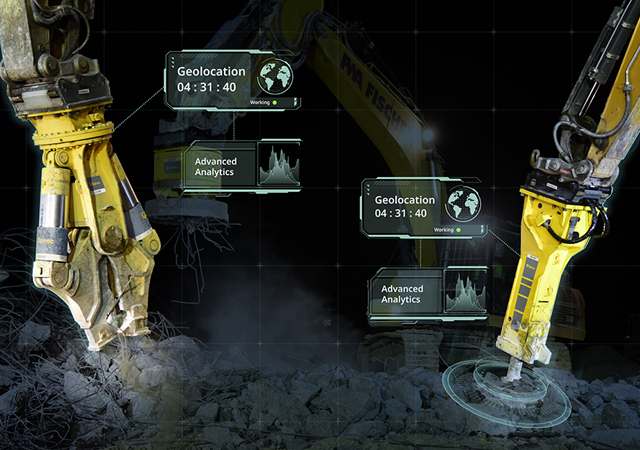
 (1).jpg)
